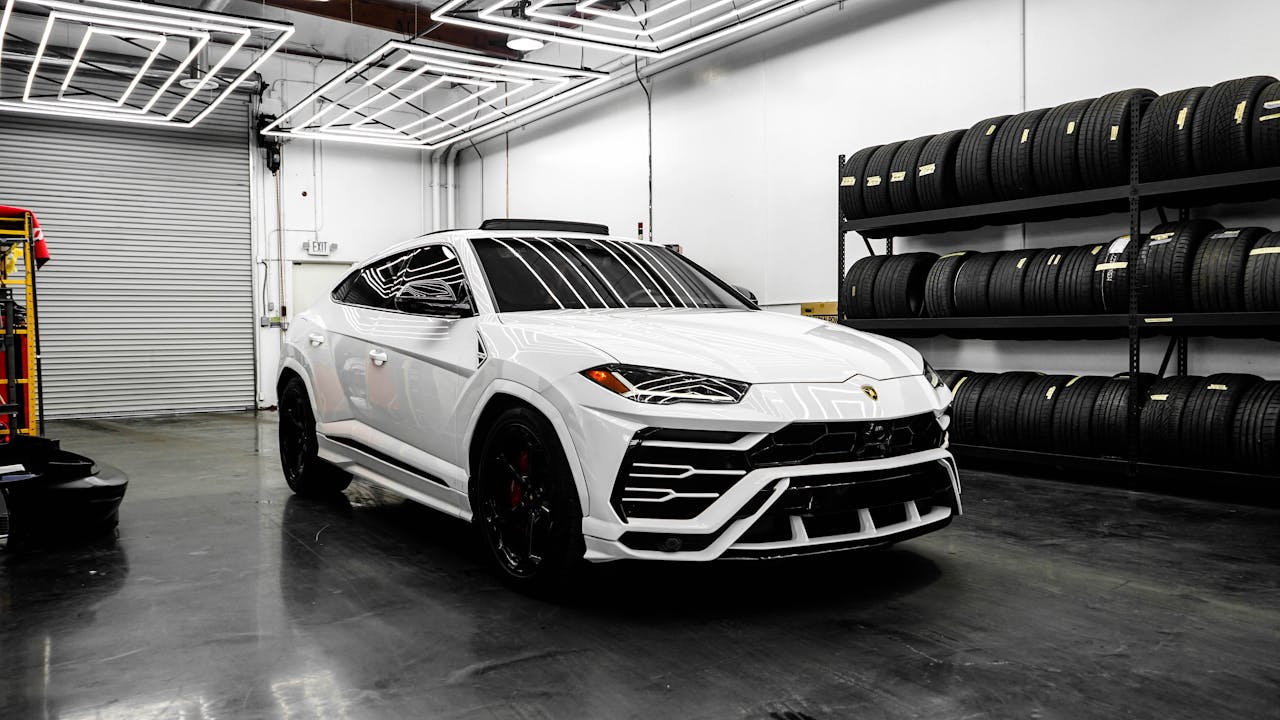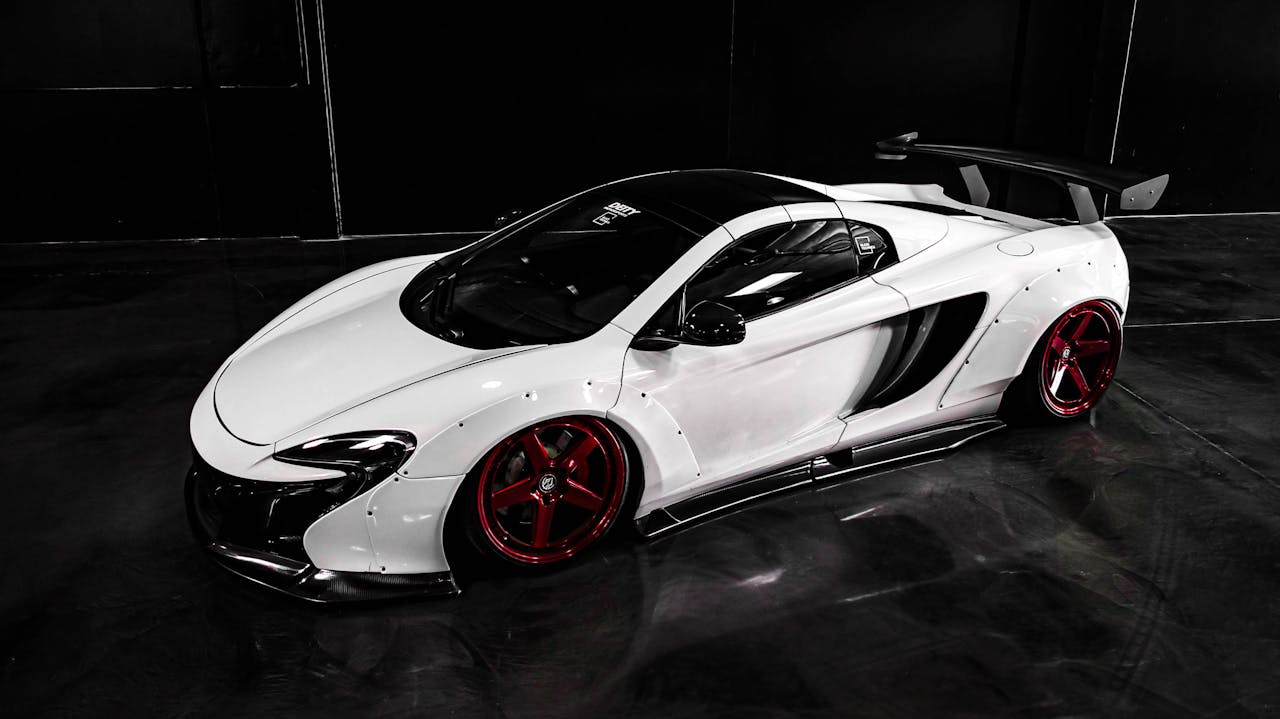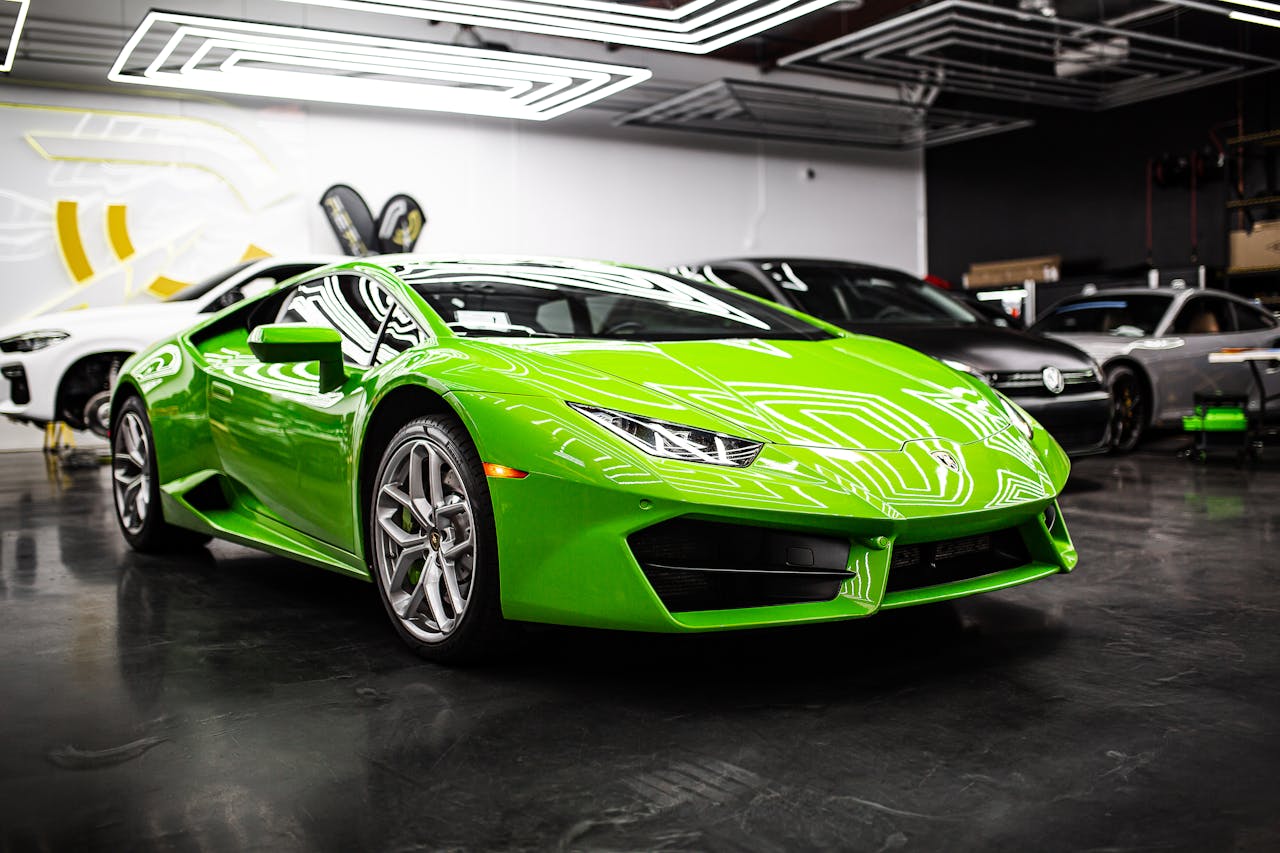If you’ve ever wondered whether 6 mil or 10 mil paint protection film (PPF) makes a real difference, you’re in the right place. Choosing PPF thickness is more than just a numbers game—it’s about balancing durability, aesthetic clarity, self-healing performance, and ease of installation. Whether you drive a daily commuter, a luxury machine, or a rugged off-roader, picking the right PPF thickness could save your car’s paint—and your sanity. So let’s break it all down, step by step.
What Is Paint Protection Film (PPF)?
Paint Protection Film is a clear, flexible urethane film that you apply over your car’s finish to guard against stone chips, bug acid, UV fade, and swirl marks. a bit like invisible armor for your vehicle. Unlike wax or sealant, PPF delivers long-term protection built into the surface.
At Infinite Auto Works, we install premium films that add protection without altering your vehicle’s appearance. It’s essentially your paint’s safety net for years of road hazards.

Understanding PPF Thickness: The Basics
How Thickness is Measured
Thickness in PPF is commonly noted in mils—a mil equals 0.001 inch. So an 8 mil film is about 0.008 inches thick. That thickness usually refers to just the film itself—not adhesive or topcoat.
What’s Included in That Measurement?
PPF can have multiple layers:
- a base polyurethane layer for structural strength,
- a self-healing topcoat to erase minor abrasions,
- and an adhesive layer to bond to the paint.
The quoted thickness often only includes the polymer film—not the adhesive or top layer.
Why PPF Thickness Actually Matters
Thickness matters—mostly because of protection and longevity. Thicker films absorb impacts like stone chips or debris better. They can also shield deeper scratches, resist UV slowdown, and often come with longer warranties.
But thicker isn’t always better when overdone. You might lose flexibility, clarity may suffer slightly, and installation gets more difficult. It’s about finding the sweet spot where function meets form.
Comparing Common PPF Thickness Levels
6 Mil PPF – Lightweight Protection
This thinner option is ideal if most of your driving is city roads and you’d like minimal perceptible bulk. It’s flexible enough for curves and corners, but it sacrifices some protection against rock chips and heavy wear.
8 Mil PPF – The Sweet Spot
Often called the “Goldilocks” thickness, 8 mil film strikes a nice balance. It handles most road debris effectively, remains flexible during installation, and keeps optical clarity high. This is the most popular choice for everyday drivers.
10 Mil PPF – Heavy-Duty Shielding
A thicker, more robust variant perfect for highways, off-road use, or cars with large paint surfaces. It offers superior impact resistance and often includes top-of-line self-healing properties. However, the added stiffness can make it challenging to install correctly on tight curves or contours.
Top Factors to Consider Beyond Thickness
Clarity and Finish
Some thicker films may appear hazy, especially on darker paint or in bright sunlight. High-end brands, however, design their thicker films to avoid optical distortion—so your car retains mirror-like depth without compromising visibility.
Self‑Healing Capability
A quality topcoat that reverts light scratches with heat or sunlight is often more important than raw thickness. A thinner film with excellent self-healing may outperform a thicker but less sophisticated film.
Ease of Installation
Thicker films can be more cumbersome around edges and curves. They’re less pliable and demand more skill to prevent lifting or tension lines. Experienced installers like Infinite Auto Works can handle this, but DIY jobs often struggle with thickness above 8 mil.
Warranty Coverage
Many manufacturers pair their thicker films with longer warranties. But that only applies if installed professionally—so make sure you ask: what thickness is covered, and what process voids warranty?
PPF Thickness vs. Durability: Is There a Trade-off?
Yes, in some cases. While thicker PPF generally holds up better against impact, it can be less forgiving around detailed body lines. Also, thicker films sometimes trap more dirt along the edges, requiring precise trimming and sealing.
Durability depends not just on the microns but also on film composition—what topcoat it uses, how strong the adhesive is, and how well it handles UV exposure over time.

PPF Thickness vs. Cost: Is It Worth Paying More?
If your car faces frequent highway travel, rock-heavy roads, or aggressive winters with gravel, bumping up to 10 mil often pays for itself in saved paint repair costs. But if most of your driving is gentle and urban, 8 mil might give you everything you need. The marginal price increase can be worthwhile—especially if backed by a strong warranty and premium brand.
Best Thickness for Different Vehicle Types
Daily Drivers
8 mil is usually ideal—a balance of protection, flexibility, and cost. It handles everyday hazards without unnecessary bulk.
Luxury & Exotic Cars
Owners who invest tens or hundreds of thousands in paint restoration often choose 10 mil for ultimate protection. The slight visual change is worth it for extended longevity.
Off‑Road or Work Trucks
Vehicles exposed to harsh debris, gravel, and branches typically benefit from 10 mil or thicker, often with added hydrophobic or ceramic topcoats.
Are Multi-Layer PPF Options Better?
Some manufacturers offer multi-layer films, effectively laminated over one another. This adds resistance to deep scratches and chips but increases thickness, rigidity, and installation complexity. It’s an excellent option for high-risk surfaces—just ensure proper professional installation.
PPF Brands and Thickness Comparison
| Brand | Available Thickness | Special Advantages |
| XPEL Ultimate Plus | ~8.5 mil | Clarity, self-heal, impact resistance |
| SunTek Reaction | 8 mil | Fast healing, hydrophobic, high UV guard |
| STEK DynoShield | 8–10 mil | High gloss, fast healing, thicker options |
| 3M Pro Series | 8 mil | Trusted durability backed by 3M warranty |
Each brand handles self-healing and clarity differently. Your installer can recommend the best fit based on thickness needs and aesthetic expectations.
What Does Infinite Auto Works Recommend?
At Infinite Auto Works, we assess each car’s condition and usage profile and match it to the appropriate thickness. Here’s our go-to advice:
- Stick with 8 mil PPF for daily use, urban driving, or well-kept vehicles.
- Upgrade to 10 mil PPF if you’re dealing with frequent highway travel, rocky roads, or premium vehicles.
- For special applications—like off-road or work fleets—we can tailor hybrid multi-layer films.
Our installers have experience integrating every type of film flawlessly—even the thicket and most flexible.
PPF Thickness Myths Debunked
Here’s some myth-busting to help clarify:
- “Thicker always lasts longer.” Not necessarily—material quality often matters more.
- “Thinner films are practically invisible.” Often true, but high-clarity thick films are also visually seamless.
- “All 10 mil films are hard to install.” Some modern brands are engineered for flexibility even at high thickness—they just require skill.
How to Choose the Right PPF Thickness for You
Ask yourself a few questions:
- What condition is your paint in now?
- How often do you drive on debris-prone routes?
- Is your car a long-term investment?
- How do you value long-term paint protection vs. upfront cost?
Answers to these guide you toward the right film thickness—and professional shops like Infinite Auto Works can walk you through it all.
Conclusion: Yes, PPF Thickness Matters—But So Do Many Other Factors
Choosing the Best Paint Protection Film (PPF), for your vehicle isn’t just about going thicker. You need to weigh clarity, self-healing features, installer expertise, warranty, and long-term durability. While thicker films tend to offer stronger protection, superior topcoats and adhesives make quality matter just as much.
At Infinite Auto Works, we help car owners find the right balance—not always the thickest film, but the right film. That ensures your paint stays beautiful, protected, and pristine for years to come.
FAQs About PPF Thickness
1. Is 10 mil always better than 8 mil?
Not always. 10 mil offers more impact resistance, but installation can be more challenging. 8 mil is flexible and sufficient for most daily applications.
2. Can you layer PPF for extra thickness?
Although possible, layering often causes clarity issues and edge lift. It’s better to use a single film that’s thicker by design.
3. Does thicker PPF alter how my car looks?
Premium films are transparent even at 10 mil. Lower-end thick films may appear hazy, but reputable brands maintain optical clarity.
4. How do I know which thickness PPF I have?
You can ask your installer or consult the film product label. Professional installers like those at Infinite Auto Works track this info accurately.
5. Do manufacturers make warranty based on thickness?
Yes—most warranty terms specify the film thickness range. Some thicker films come with longer guarantees, but read the details to confirm.

